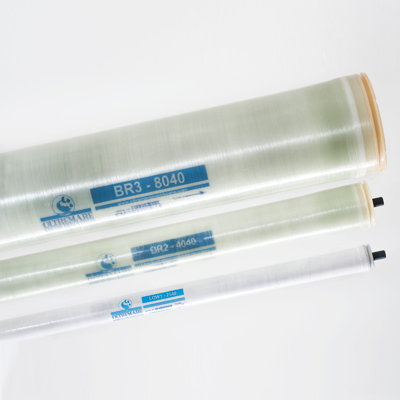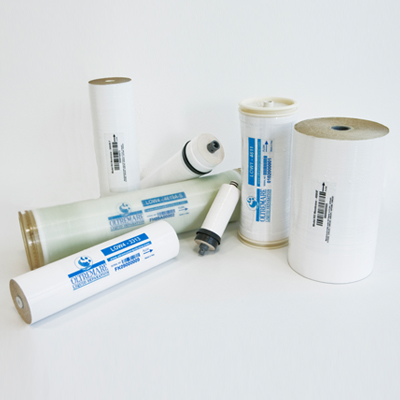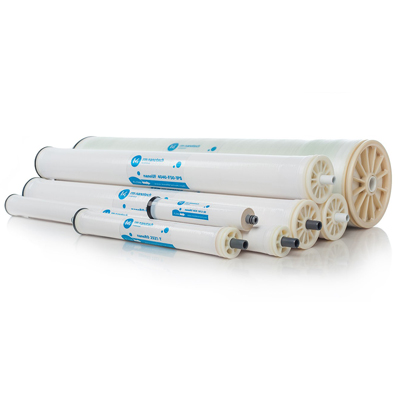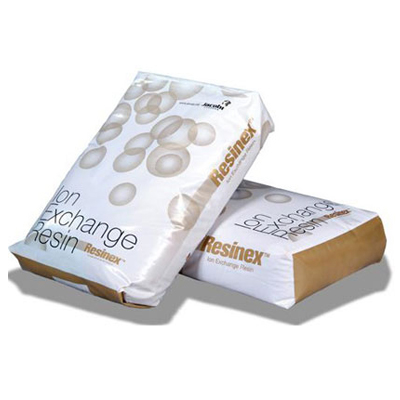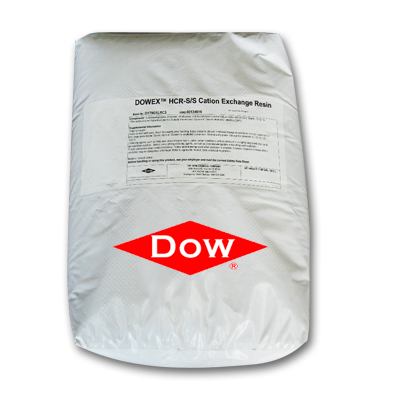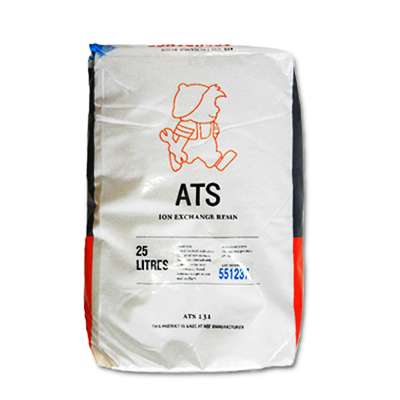PRODUCT INFORMATION
Suspended Solids in Water (TDS) Education
- front page
- product
- Water Treatment Technology
- Technology Development Department
- Suspended Solids in Water (TDS) Education
Product Information
- heat treatment
-
water treatment
- Arsenic remover
- Desulfurizer
- Deaerator
- Water softener (calcium and magnesium ion removal)
- Carbon filter (removes odor and residual chlorine)
- Sand filter (removal of suspended impurities)
- Iron remover (removal of iron and manganese ions)
- RO water purifier
- Pre-backwash filter
- UV ultraviolet sterilizer
- Ion exchange resin
- reverse osmosis membrane tube
- quick filter
- Various tanks for water treatment
- Various application filter media
- 美國 Clack Clark control valve
- 美國 Fleck Control Valve
- 美國 Pentair Control Valve
- 美國 Autotrol Control Valve
- Runxin Control Valve
- Injection treatment
- Technology Development Department
-
brand
- Demo brand
- US DOW
- IDEX USA
- US CLACK
- EMERSON, USA
- American PENTAIR
- SIEMENS Germany
- American PULSAFEEDER
- Denmark DANFOSS
- Thailand HAYCARB
- France SUNTEC
- UK PUROLITE
- Japanese NOP
- Japan OLYMPIA
- Japan KATSURA
- BRAHMA, Italy
- SAGINOMIYA
- HONEYWELL
- AZBIL (YAMATAKE)
- OLTREMARE
- NIPCON
- TROCHOID
- domestic
- EGO
- KATO
- LECIP
- ATS
- JACOBI
- ETATRON
- WAVE CYBER
- BOSCHINI
- NIPPON
- WL
- CASH ACME
- YAZAKI
- RUNXIN
- About | Contact
Suspended Solids in Water (TDS) Education
Technical explanation
Suspended solids:
Suspended solids and colloidal matter in water supplies are one of the biggest problems in water treatment technology. Although most water treatment systems have some pre-treatment equipment, such as a 5-micron pre-filter, these fine particles can still cause scaling of the reverse osmosis membrane. To get some measure of the extent of this pollution problem, we use a measurement technique called the SDI density index. Using this technique, we expose a 0.45 micron screening membrane disc to the pressure of a water supply and calculate the filtration rate.
For reverse osmosis systems, an SDI of less than 5 is considered acceptable. This means that at SDI values below 5, the membrane should foul at a very low rate. Even though this principle applies most of the time and in most applications, there are exceptions when a lower SDI (less than 3) is desirable, depending on the nature of the suspended solids in the water supply.

